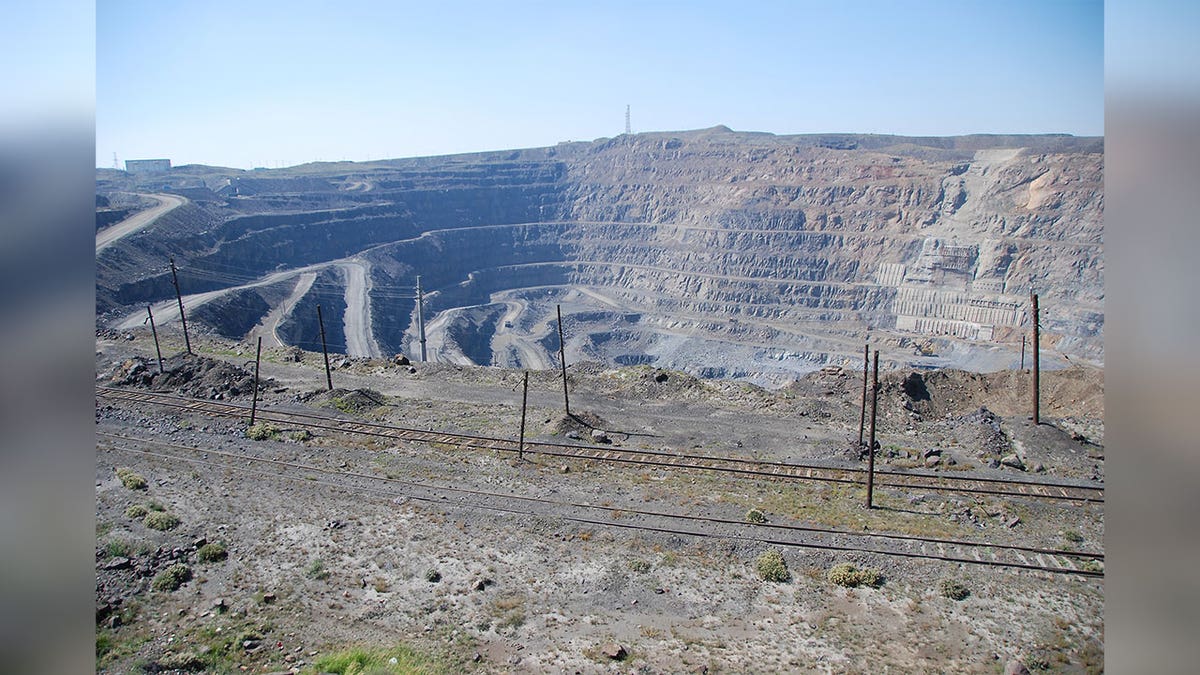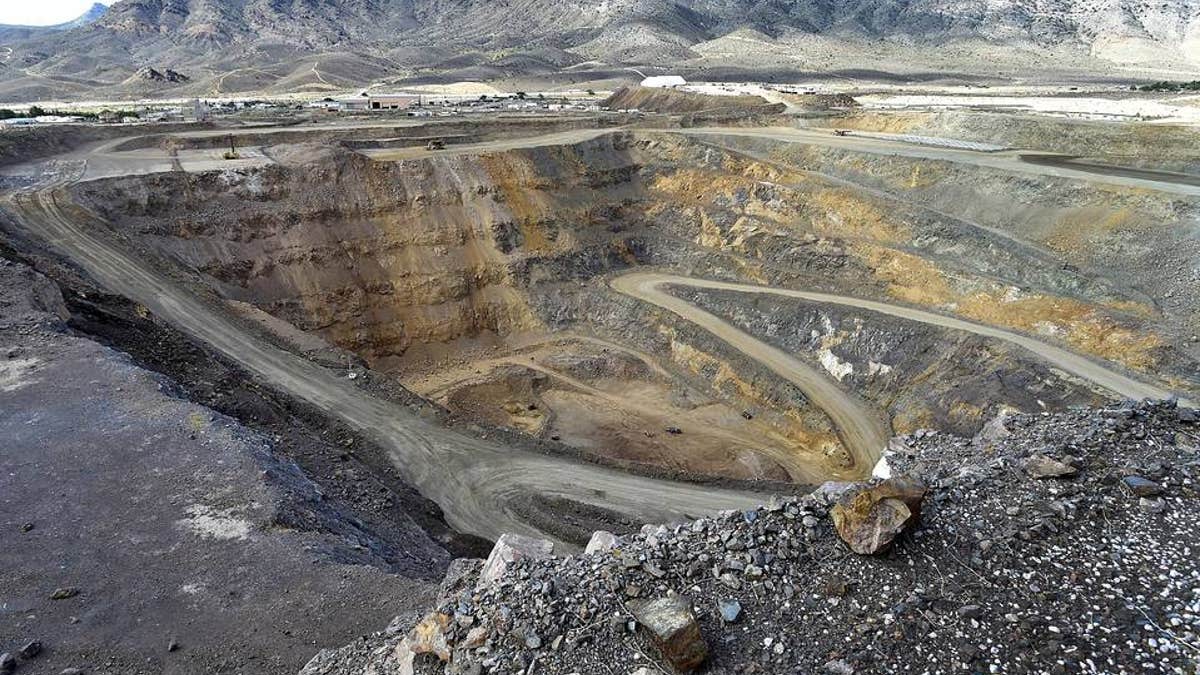Former President Trump's early warning about the BRICS nations' intent to challenge the U.S. dollar's global dominance, and his subsequent tariff threat, proved remarkably insightful. China's immediate retaliation, restricting access to vital minerals crucial for U.S. defense, signaled the start of a potential economic conflict. This escalation continued with China adding numerous U.S. defense companies to its export control list, effectively limiting their access to materials with both commercial and military applications. This action signifies the commencement of a critical minerals war, a scenario predicted earlier in 2023.
While seemingly a response to the Biden administration's actions, China's strategy serves broader goals benefiting both China and the BRICS alliance. By restricting mineral access, they aim to weaken U.S. national security without direct conflict, counter U.S. export restrictions effectively, bolster BRICS mineral producers' revenue while potentially increasing U.S. inflation, and exploit America's dependence on foreign critical mineral sources.

The BRICS nations, however, may have underestimated America's potential to revitalize its domestic mining industry. Focusing on domestic critical minerals production, including exploring resources in regions like Greenland, is crucial to neutralizing the leverage BRICS nations currently hold over the U.S. economy and national security.
The BRICS alliance possesses a significant initial advantage. They control vast mineral resources and are determined to exploit them for economic, military, and geopolitical gain. Their collective influence over global supply chains for numerous critical minerals, including rare earths, niobium, and titanium, poses a considerable challenge to U.S. strategic planning. China and Russia, in particular, exert control over commodity pricing and employ tactics like routing materials through third parties to circumvent tariffs. Their substantial investments in mineral research and development further solidify their competitive edge. Furthermore, BRICS nations have been accused of supporting anti-mining activism in the U.S. to obstruct domestic mining projects.

China plays a pivotal role in the BRICS mineral strategy. Chinese-controlled companies dominate the production and refining of over half of the minerals deemed critical by the U.S. government. The recent restrictions on mineral exports to the U.S. exemplify China's willingness to leverage this dominance. These restrictions are likely to escalate, potentially impacting the production of essential military equipment like F-35 fighter jets and advanced submarines.
To counter this threat, the U.S. needs a multi-pronged approach:
- Offer low-interest loans to new mines that have secured necessary permits and community support.
- Prioritize polymetallic mines capable of producing multiple critical minerals from a single source and incorporating recycled materials.
- Empower the Department of Defense to fund new mines and enable the National Defense Stockpile to secure larger reserves of critical minerals.
- Encourage the Export-Import Bank to finance domestic critical minerals projects.
- Waive NEPA reviews for defense-critical mineral projects solely requiring federal funding.
- Set reasonable limits on litigation timelines for mining projects.
- Streamline federal permitting processes.
The U.S. possesses the capability to conduct mining and mineral processing efficiently and responsibly. By reinvigorating its domestic mining industry, America can secure a more prosperous and secure future.
Comments(0)
Top Comments